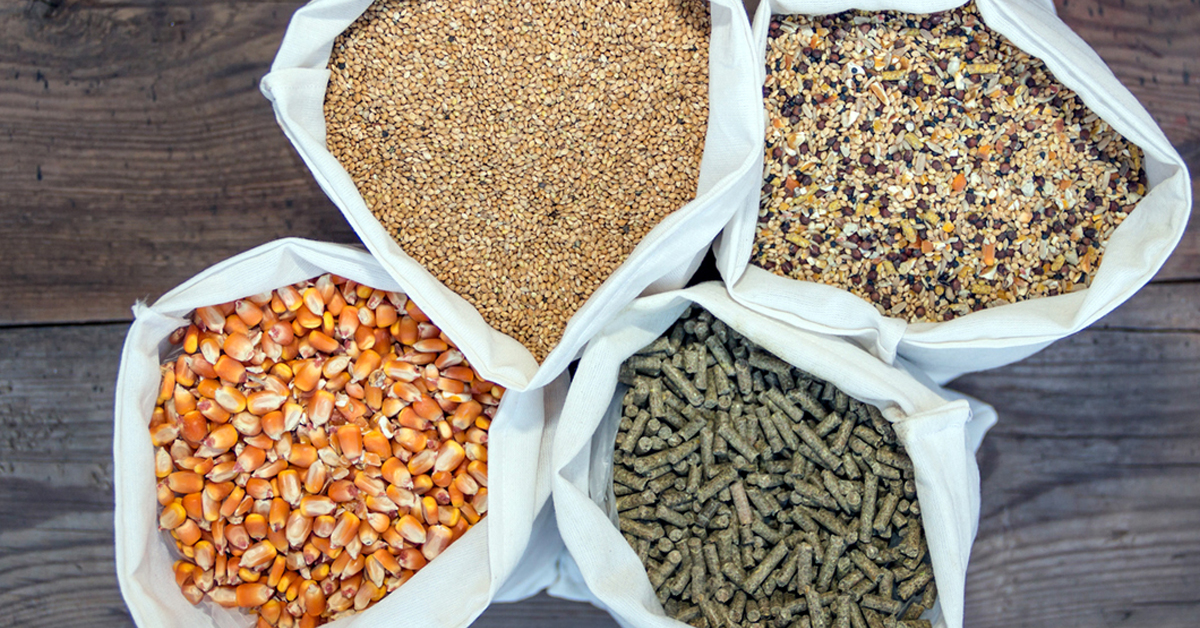
The meals which we feed to horses ought to meet seven fundamental requirements. Five of such are:
Energy: It must provide sufficient energy (calories) to meet up with the requirements the horse. In the event the weather becomes colder or perhaps the horse is used more actively, the degree of food will have to be increased accordingly. Likewise, as winter evolves into summer or maybe if the horse is less active, how much food could be decreased.
Vitamin supplements: Essential energy, horse feed needs to produce a various essential vitamin supplements, within the required quantities.
Bulk and High Fiber: The equine digestion has changed to process grass, which can be excellent for fiber and bulk. Food that may be concentrated (e.g. grain) may provide the required energy and minerals, but lacks the bulk which the gastrointestinal tract needs, which greatly improves the potential for ulcers in addition to other diseases. Studies on horses which a diet high in grain and also other concentrated foods show 50% to 90% of such horses have ulcers.
Digestability: Food that is definitely poorly digested provides limited food value and can cause serious illnesses (e.g. impaction colic). This really is a particular problem in the older horse, where dental wear reduces his capacity to chew food and aging has reduced his opportunity to digest food products. See ‘Feeding Senior Horses’ below for details. On top of that, horses may eat unsuitable items (e.g. straw) which do provide food value but as a consequence of difficulty in digestion can also result in problems.
Safety: Just about any food, succumbed an inaccurate quantity or fashion, can lead to health problems. An index of the everyday mistakes to prevent yourself from is provided below.
To recognize another two fundamental requirements, it helps to first grasp the normal eating patterns of horses. Horses have evolved as foragers, which means they eat for just a couple of minutes in a single, then get over it in quest of better food (e.g. more tender or nutritious) and eat everywhere else. One often sees this behavior in the event the horse is set in a substantial pasture, where they frequently move on your travels. The reason for this behavior due to the fact evolved inside of a landscape the location where the quality of food was variable (rather than the largely uniform grassland which we create inside our pastures) in order that they was needed to spend almost all of their time moving and eating, about 18 hours on a daily basis.
It really is caused two dietary requirements:
Although a horse doesn’t eat constantly (e.g. it spends a natural part of its time moving about in addition to activities), ought to eat frequently. It needs at least 2-3 meals each and every day to keep its intestinal tract healthy, but more frequent eating is preferable. Many small meals are as good as some large meals. Nevertheless this is why that horses which graze on pasture through the day can be healthier than horses that have their food (e.g. hay or grain) directed at them once or twice one day.
A horse’s main stimulation and occupation was produced from seeking out food and eating (typical forager activity). Restricting it to short and infrequent feedings can result in a bored and unhappy horse, that may be planning to develop stress related behaviors which include cribbing or repetitive movements.
Grass is regarded as the natural food for horses, which is what they’ve evolved to chow down. As a rule, horses are usually healthier dieting which consists mainly of grass than on any other type of food.
Hay could be the second most natural food, being rather on the dried grass they can will discover following having a hot and dry summer, or dried winter grass. It happens to be less nutritious than fresh grass but good quality hay is mostly an useful alternative if there is the perfect fresh grass.